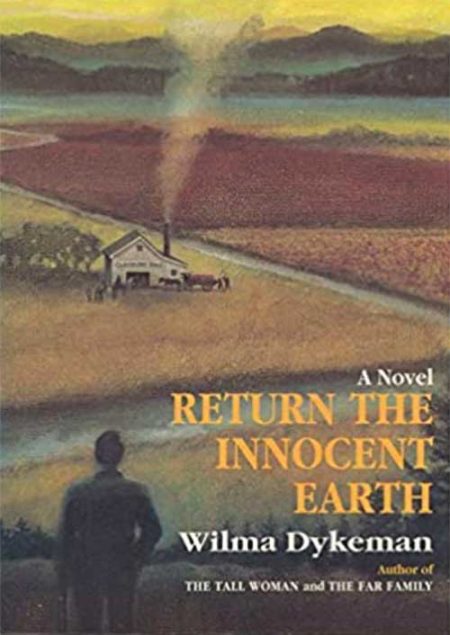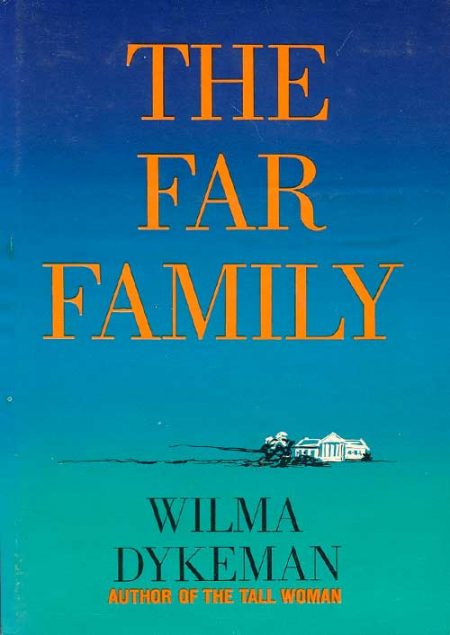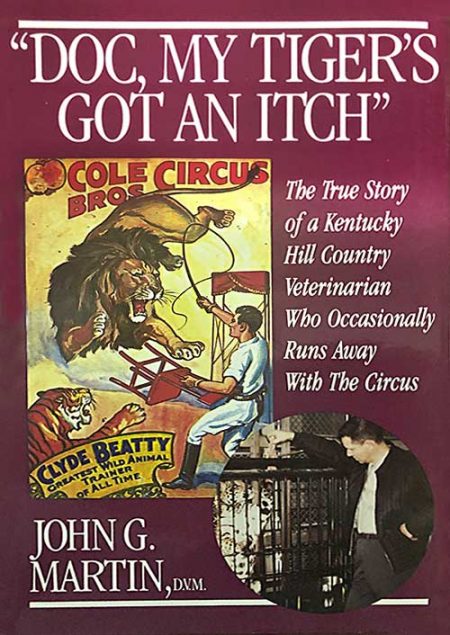-
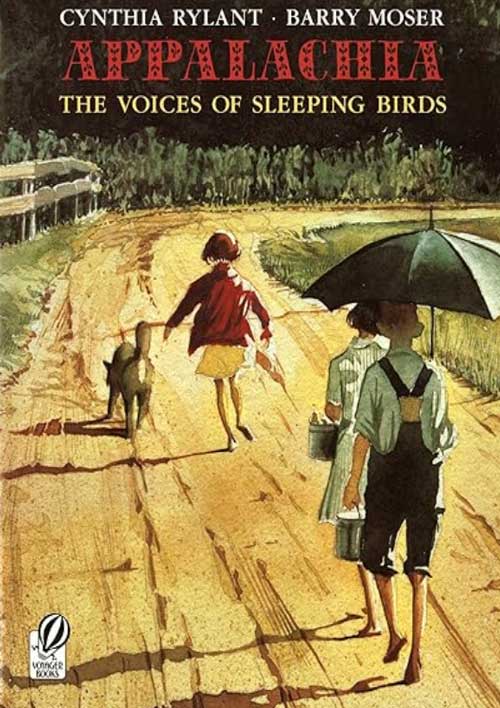 Lyrical prose and warm watercolor illustrations bring a "certain part of the country called Appalachia" alive for young readers. Two award-winning artists, forever touched by their experiences growing up in this unique landscape, have teamed to create a quietly powerful and beautifully crafted portrait of life in a timeless place. SOFTBACK VERSION By Cynthia Rylant
Lyrical prose and warm watercolor illustrations bring a "certain part of the country called Appalachia" alive for young readers. Two award-winning artists, forever touched by their experiences growing up in this unique landscape, have teamed to create a quietly powerful and beautifully crafted portrait of life in a timeless place. SOFTBACK VERSION By Cynthia Rylant -
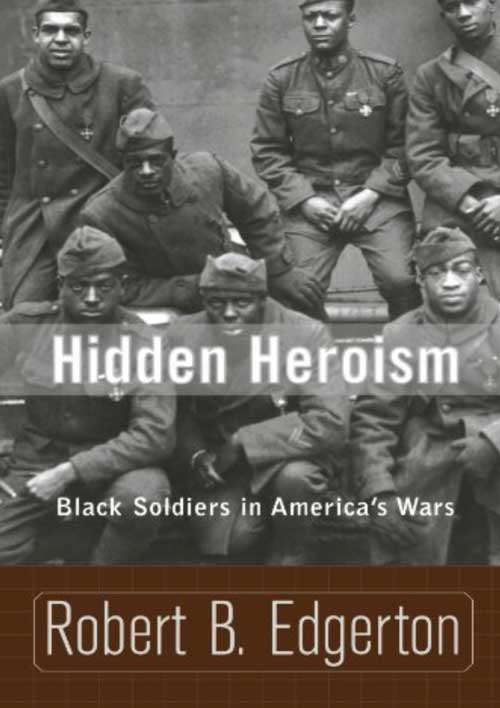 In Hidden Heroism, Robert Edgerton investigates the history of Afro-American participation in American wars, from the French and Indian War to the present. He argues that blacks in American society have long-suffered from a "natural coward" stereotype that is implicit in the racism propagated from America's earliest days, and often intensified as blacks slowly received freedom in American society. For instance, blacks served admirably in various wars, returned home after their service to short-term recongnition, and then soon found themselves even more seriously entrenched in a racist system because they were perceived as a threat to whites. This was true, Edgerton argues, until the Civil Rights movement and Vietnam, though the stereotypes have not been fully eradicated. In this book, Edgerton provides an accessible and well-informed tour through this little-known, but significant aspect of race in American military history. SOFTBACK VERSION By Robert B. Edgerton
In Hidden Heroism, Robert Edgerton investigates the history of Afro-American participation in American wars, from the French and Indian War to the present. He argues that blacks in American society have long-suffered from a "natural coward" stereotype that is implicit in the racism propagated from America's earliest days, and often intensified as blacks slowly received freedom in American society. For instance, blacks served admirably in various wars, returned home after their service to short-term recongnition, and then soon found themselves even more seriously entrenched in a racist system because they were perceived as a threat to whites. This was true, Edgerton argues, until the Civil Rights movement and Vietnam, though the stereotypes have not been fully eradicated. In this book, Edgerton provides an accessible and well-informed tour through this little-known, but significant aspect of race in American military history. SOFTBACK VERSION By Robert B. Edgerton -
 The Appalachian Trail is America’s most beloved trek, with millions of hikers setting foot on it every year. Yet few are aware of the fascinating backstory of the dreamers and builders who helped bring it to life over the past century. The conception and building of the Appalachian Trail is a story of unforgettable characters who explored it, defined it, and captured national attention by hiking it. From Grandma Gatewood—a mother of eleven who thru-hiked in canvas sneakers and a drawstring duffle—to Bill Bryson, author of the best-selling A Walk in the Woods, the AT has seized the American imagination like no other hiking path. The 2,000-mile-long hike from Georgia to Maine is not just a trail through the woods, but a set of ideas about nature etched in the forest floor. This character-driven biography of the trail is a must-read not just for ambitious hikers, but for anyone who wonders about our relationship with the great outdoors and dreams of getting away from urban life for a pilgrimage in the wild. HARDBACK VERSION Philip D'Anieri
The Appalachian Trail is America’s most beloved trek, with millions of hikers setting foot on it every year. Yet few are aware of the fascinating backstory of the dreamers and builders who helped bring it to life over the past century. The conception and building of the Appalachian Trail is a story of unforgettable characters who explored it, defined it, and captured national attention by hiking it. From Grandma Gatewood—a mother of eleven who thru-hiked in canvas sneakers and a drawstring duffle—to Bill Bryson, author of the best-selling A Walk in the Woods, the AT has seized the American imagination like no other hiking path. The 2,000-mile-long hike from Georgia to Maine is not just a trail through the woods, but a set of ideas about nature etched in the forest floor. This character-driven biography of the trail is a must-read not just for ambitious hikers, but for anyone who wonders about our relationship with the great outdoors and dreams of getting away from urban life for a pilgrimage in the wild. HARDBACK VERSION Philip D'Anieri -
 It is the mid-1700s, and England’s colonists in North America are eager to explore and settle the forest frontier west of the Appalachian mountains. This is the setting of the new book (2021), “Blood and Treasure.” The guide to this epic narrative is America’s first pathfinder, Daniel Boone – not the coonskin cap-wearing caricature of popular culture, but the flesh-and-blood frontiersman and Revolutionary War hero whose explorations would become the stuff of legend. HARDBACK VERSION By Bob Drury and Tom Clavin
It is the mid-1700s, and England’s colonists in North America are eager to explore and settle the forest frontier west of the Appalachian mountains. This is the setting of the new book (2021), “Blood and Treasure.” The guide to this epic narrative is America’s first pathfinder, Daniel Boone – not the coonskin cap-wearing caricature of popular culture, but the flesh-and-blood frontiersman and Revolutionary War hero whose explorations would become the stuff of legend. HARDBACK VERSION By Bob Drury and Tom Clavin -
Out of stock
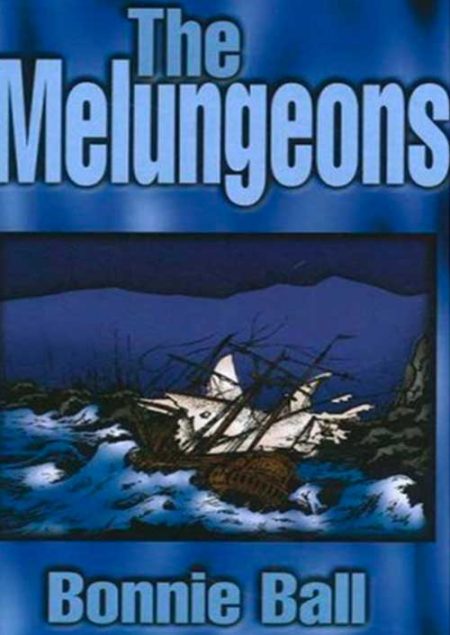 This thorough ethnological study is both scholarly and highly readable. In it the author objectively traces the roots of one of America’s more obscure peoples, the Melungeons. SOFTBACK VERSION By Bonnie Ball
This thorough ethnological study is both scholarly and highly readable. In it the author objectively traces the roots of one of America’s more obscure peoples, the Melungeons. SOFTBACK VERSION By Bonnie Ball -
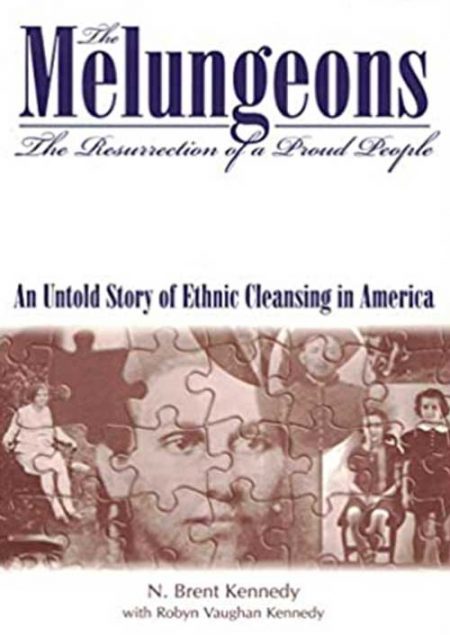 As early as 1654, English and French explorers in the southern Appalachians reported seeing dark-skinned, brown- and blue-eyed, and European-featured people speaking broken Elizabethan English, living in cabins, tilling the land, smelting silver, practicing Christianity, and, most perplexing of all, claiming to be Portyghee. Declared free persons of color in the late 1700s by the English and Scottish-Irish immigrants, the Melungeons, as they were known, were driven off their lands and denied voting rights, education, and the right to judicial process. The law was enforced mercilessly and sometimes violently in the resoundingly successful effort to totally disenfranchise these earliest American settlers. SOFTBACK VERSION By Brent Kennedy
As early as 1654, English and French explorers in the southern Appalachians reported seeing dark-skinned, brown- and blue-eyed, and European-featured people speaking broken Elizabethan English, living in cabins, tilling the land, smelting silver, practicing Christianity, and, most perplexing of all, claiming to be Portyghee. Declared free persons of color in the late 1700s by the English and Scottish-Irish immigrants, the Melungeons, as they were known, were driven off their lands and denied voting rights, education, and the right to judicial process. The law was enforced mercilessly and sometimes violently in the resoundingly successful effort to totally disenfranchise these earliest American settlers. SOFTBACK VERSION By Brent Kennedy -
 A charming, heart-warming Christmas taleabout the power of family, tradition, and love. In 1875, Owen Thomas, a poor Welsh coal miner, falls in love with a beautiful London actress, Jessica Lavery. He builds her a cottage in his village, and enchants her with the promise of the holidays they'll share after they marry. According to his special Thomas family tradition, the Christmas tree must always be outside, where it can look up to God. Owen carves her an angel to go on top of their tree, with lavender eyes like hers, a token more meaningful to her than any engagement ring. When Jessica breaks off their romance, Owen, broken-hearted, wraps the angel in his mother's shawl and brings her to America. There, she looks down over five generations, witnessing peace and war, triumphs and tragedies, reminding all who see her that Christmas is the time when families and sweethearts can come together, laughter and goodwill can lighten even the heaviest burden, and magic fills the earth. By Jane Maas
A charming, heart-warming Christmas taleabout the power of family, tradition, and love. In 1875, Owen Thomas, a poor Welsh coal miner, falls in love with a beautiful London actress, Jessica Lavery. He builds her a cottage in his village, and enchants her with the promise of the holidays they'll share after they marry. According to his special Thomas family tradition, the Christmas tree must always be outside, where it can look up to God. Owen carves her an angel to go on top of their tree, with lavender eyes like hers, a token more meaningful to her than any engagement ring. When Jessica breaks off their romance, Owen, broken-hearted, wraps the angel in his mother's shawl and brings her to America. There, she looks down over five generations, witnessing peace and war, triumphs and tragedies, reminding all who see her that Christmas is the time when families and sweethearts can come together, laughter and goodwill can lighten even the heaviest burden, and magic fills the earth. By Jane Maas -
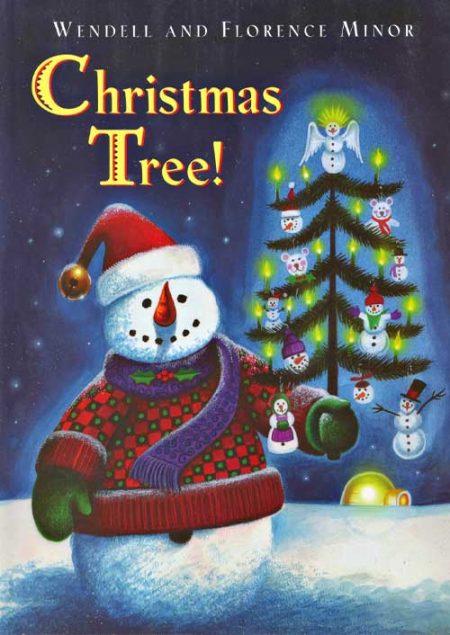 If you were a Christmas tree, what kind of tree would you be? A mighty tree or a tiny tree? A city tree or a country tree? A tree with curious features or a tree made just for creatures? Voyaging from cities to plains and in renderings of things miniature to grand, Wendell and Florence Minor lead young readers on an imaginative journey across America in tribute to one of our most beloved symbols — the Christmas tree. By Wendell and Florence Minor
If you were a Christmas tree, what kind of tree would you be? A mighty tree or a tiny tree? A city tree or a country tree? A tree with curious features or a tree made just for creatures? Voyaging from cities to plains and in renderings of things miniature to grand, Wendell and Florence Minor lead young readers on an imaginative journey across America in tribute to one of our most beloved symbols — the Christmas tree. By Wendell and Florence Minor



